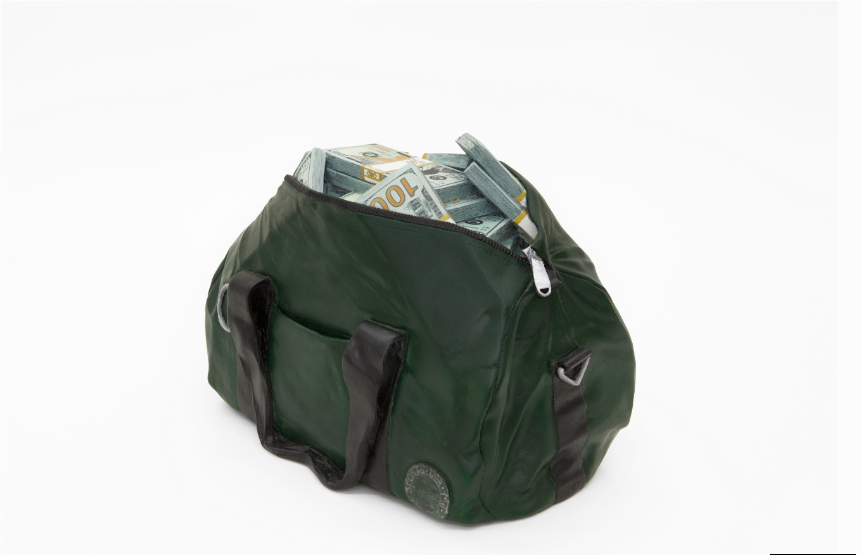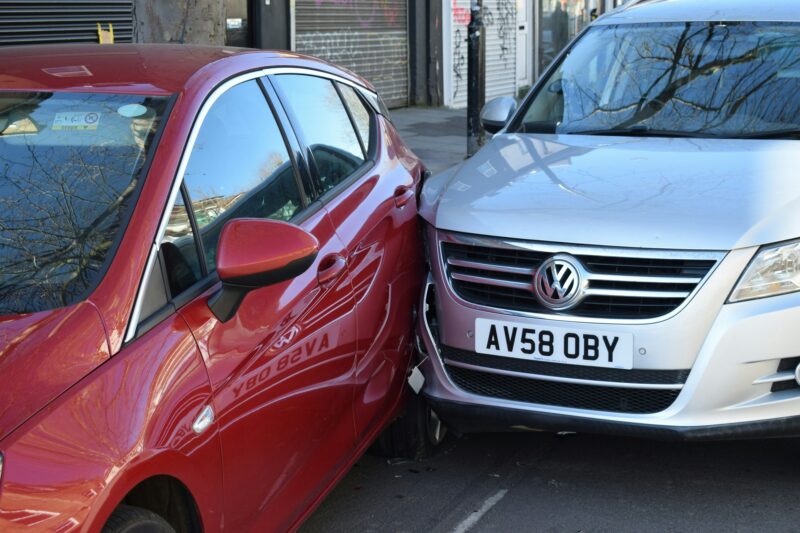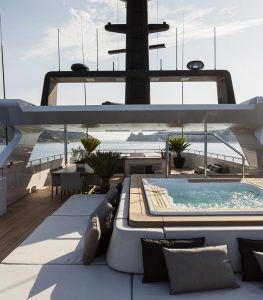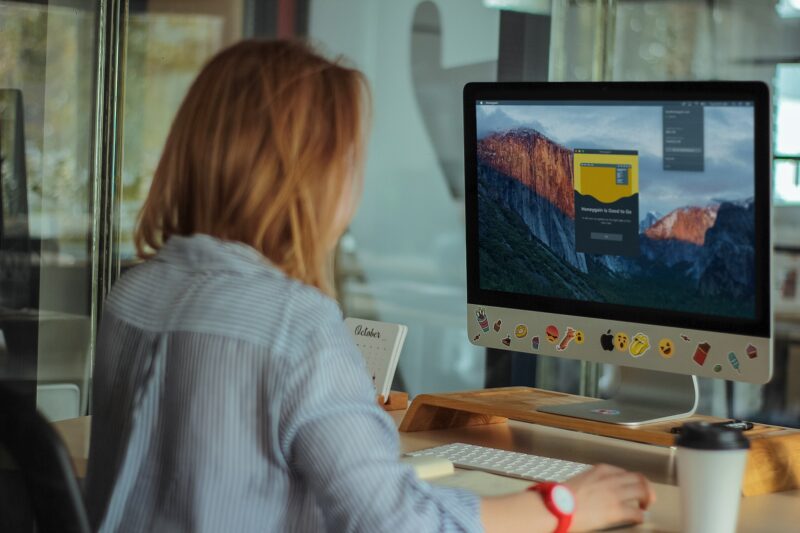In the ever-evolving landscape of finance and art, a question lingers: can you truly safeguard your wealth while investing in creative assets? This query isn’t merely theoretical—it’s one that modern investors grapple with as they navigate a world where creativity and commerce intersect. As the art market continues to grow and transform, many are seeking ways to balance their passion for the arts with the need for financial security.

The Evolution of Art as an Investment
The art world has always been a domain of the affluent, where the wealthy store not only culture but also capital. However, in recent years, the perception of art as an investment has evolved. No longer limited to elite collectors, art has become accessible to everyday investors. The expansion of the art market, fuelled by online platforms and the rise of digital art, has allowed more people to view art as both a cultural and financial asset. Despite this growth and increased accessibility, the question of risk remains central. Art, while alluring, is not without its financial uncertainties.
That said, not all art investments carry the same level of risk. Traditional investments in blue-chip artists—those whose works are highly valued and have a proven track record of maintaining or increasing in value—can offer a semblance of security. For example, artists like Pablo Picasso, Claude Monet, and Andy Warhol are often considered blue-chip artists because their works have consistently fetched high prices at auctions and are sought after by collectors globally.
Picasso’s “Les Femmes d’Alger,” for instance, sold for $179.4 million at a Christie’s auction in 2015, demonstrating the enduring value of his work. But what about those who are drawn to the more avant-garde, the emerging artists whose work has yet to be fully recognized? Is there a way to navigate the uncertainty and still protect your wealth?
The Importance of Diversification
One key principle in protecting wealth, especially in the realm of creative assets, is diversification. This approach involves spreading investments across various asset classes to reduce exposure to any single risk. In the context of art, diversification might mean balancing investments between high-risk, high-reward emerging artists and the more stable, established names.
In the UK, data from the Office for National Statistics (ONS) shows that as of 2022, the average household wealth stood at £302,500. This figure highlights the importance of safeguarding assets, particularly as economic uncertainty looms. Many investors are turning to low-risk options that provide security without sacrificing growth potential.
For example, while an investment in a lesser-known contemporary artist might offer significant potential for appreciation, pairing it with a more stable asset, such as a blue-chip piece or even a financial instrument like bonds, can help mitigate risk.
Also, diversification within the art market itself can be achieved by investing in different art movements or styles. For example, works from the Impressionist era, such as those by Claude Monet or Edgar Degas, are often considered more stable investments compared to the speculative nature of contemporary art. Similarly, pieces from the Surrealist movement, like those by Salvador Dalí or René Magritte, have shown resilience in the market, offering a balance between creativity and financial security.
Low-Risk Investment Options in the Art World
For those particularly risk-averse, there are ways to engage with the art market while maintaining a low-risk profile. One option is to invest in art funds, which pool resources from multiple investors to purchase a diverse collection of artworks. These funds are managed by professionals who have the expertise to select works with the best potential for appreciation. This allows investors to benefit from the art market without the same level of personal risk associated with owning individual pieces.
Another option is to focus on limited edition prints or works by artists with a proven track record. The Hiscox Online Art Trade Report 2023 highlighted a 64% of fractional ownership buyers will spend on artworks priced under $10,000, demonstrating that there is demand for more affordable pieces that still have the potential to appreciate. Investing in limited editions or smaller works by established artists can offer a more accessible entry point into the art market while still providing a degree of financial security.
Moreover, some investors look towards the historical significance of certain works as a way to ensure value retention. Art with historical or cultural relevance, such as works from significant movements like the Bauhaus, led by artists such as Wassily Kandinsky and Paul Klee often holds its value over time, making it a relatively safer investment. These pieces by artists from significant art movements or those that have been exhibited in major museums are more likely to maintain their value, offering both cultural and financial dividends.
Balancing Passion with Financial Prudence
The challenge for many investors is finding the balance between their passion for art and the need for financial prudence. The allure of creative assets is undeniable, but without a strategic approach, it’s easy to be swept up in the excitement and overlook the potential risks. This is where careful financial planning becomes essential.
Understanding your risk tolerance is the first step. Are you someone who thrives on the thrill of high-risk investments, or do you prefer the stability of low-risk investments? Once you’ve determined your risk profile, you can begin to build a portfolio that reflects your goals.
Additionally, staying informed about market trends is crucial. The art market is influenced by a variety of factors, from economic conditions to cultural shifts. By keeping a pulse on these trends, you can make more informed decisions about where to invest your money.
For example, data from Deloitte’s Art & Finance Report 2023 suggests that there has been a growing interest in digital art and NFTs (non-fungible tokens). While these digital assets represent a new frontier in the art world, they also come with a unique set of risks. Understanding the dynamics of this market and how it fits into your overall investment strategy is key to protecting your wealth.
Conclusion: The Art of Protecting Wealth
Investing in creative assets is both an art and a science. While there is no foolproof way to eliminate risk entirely, there are strategies that can help protect your wealth while allowing you to indulge in your passion for the arts. By diversifying your investments, focusing on low-risk options, and staying informed about market trends, you can strike a balance between creativity and financial security.
In a world where the boundaries between art and finance continue to blur, finding this balance is more important than ever. Whether you’re a seasoned collector or a newcomer to the art world, there is a way to protect your wealth while embracing the creativity that makes art such a compelling investment.
This approach ensures that you not only safeguard your financial future but also continue to support and engage with the vibrant world of art—a world that, for all its risks, offers rewards that go beyond the purely monetary.







